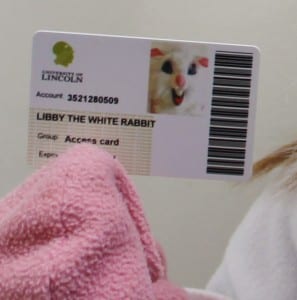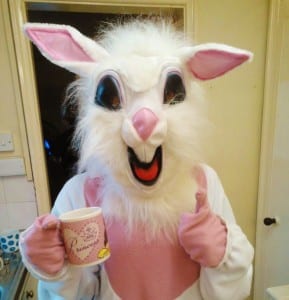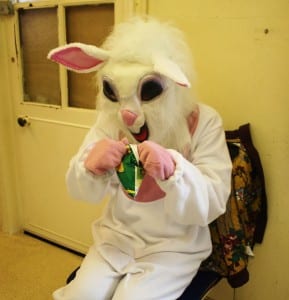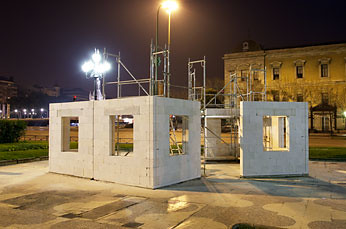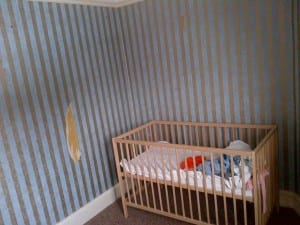“They are ‘outsiders’, but oddly appealing.” ((Williams, David and Carl Lavery (2011) Good Luck Everybody: Lone Twin: Journeys, Performances, Conversations, Wales: Cambrian Printers)).
Photo taken: 21/03/2013 – ‘Library Student Card’
Lone Twin’s performances are durational and throughout the performance process ideas are formed, either from audience members or situations, and these are added into their work. One piece of work, called ‘Sledge Hammer Songs’, was one which consisted of them in the street in green plastic capes and hunting horns. They directly addressed the audience and started having conversations with them. Good Luck Everybody discusses this idea of them being outsiders and displaced which I find particularly evident in my ideas for performance. “..their outdoor outfits do not belong in any urban context, and their behaviour sets them apart from anyone else around.” ((Williams, David and Carl Lavery (2011) Good Luck Everybody: Lone Twin: Journeys, Performances, Conversations, Wales: Cambrian Printers)). They asked the audience to sit in a circle. Gary consistently danced around this circle while they told stories they had heard as they travelled and toured with the piece.
Thinking about their work I have decided to take on the task of writing as many things that would be impossible to achieve in a rabbit costume. I will trial them and make a film of them to document my progress and to see whether they are in fact impossible. These impossible tasks are in and out of the home, and range from everyday normal activities to random ideas. For example; opening a bag of crisps to getting into a nightclub while being dressed as a rabbit. Like Gregg and Gary I can use these stories I have collected on my travels as the white rabbit and tell them to my audience over a cup of tea in the kitchen. The idea of telling them stories, asking for their feedback and using their reactions will create another story for later audience members.
I have decided to decorate the kitchen with things that I own to make it more homely, creating a friendly atmosphere. During my adventures as a rabbit I have managed to get a student/library card made in which I have used in some of the videos. This will be hung up on the wall to help decorate the space, showing something I have collected along the way. There’s also something nice about having a student card reading ‘Libby the White Rabbit’ and giving this sense of identity to the role and sharing this with my audience.
This makes me again reflect on Bobby Baker’s piece; The Kitchen Show. I like this idea of the absurdity mixed with the norm and the humorous contrast that it portrays. It is something I very much hope to achieve in my performance – holding a normal conversation and doing everyday things in the kitchen, yet they will be somewhat impossible to accomplish in a rabbit costume.
